As I crossed the border from Xishuangbanna, China and into Laos, I saw and immediate difference in the landscape, buildings, and architecture. I went from the most populous country in the world at 1.4 billion to a country with only about 6 million, that’s 0.4 percent. Laos is also one of the poorest countries in Asia, and 80% of its population is employed by subsistence farming. The differences were dramatic.
It was the end of November and a little chilly in the Yunnan Province of China. China’s cities were mostly large and polluted (see my first post on China here), and the landscape was mostly dominated by cash crops like rice and rubber trees. After crossing the border, chilly turned into warm and balmy, landscapes turned into jungle, cities and towns turned into shacks, and roads turned into dirt.
I landed in Luang Namtha, a village of 3,500 not far from the border of China. There was a very small downtown area with a few “hotels” and travel agencies that catered mostly to backpackers and travelers. Not many locals spoke English except the travel agents, but it wasn’t very difficult to communicate. For travelers, Luang Namtha is transit city between Northern Thailand and Vietnam, or from China south to the more touristy Lao city, Luang Prabang. There were some other backpackers on my bus, so we found a room together and explored.
An outdoor night market sold fruit shakes, papaya salads, roasted pork and chicken, as well as other questionable meats, served with Laos’s signature sticky rice. You use your hands to ball up the sticky rice and dip it in spicy sauces or use it to pick up cut meats. We sampled what we felt brave enough and searched for a drink. We found the country’s most recognized product, Beerlao.
After traveling through Japan, South Korea, and China for 5 months, I was quite disappointed with the beer. Light beer is just not satisfying for me, and very light beer is what’s usually brewed locally in northern Asia. The first sip of the thicker, tasty lager brought a smile on my face.
The first day, some travelers and I rented bicycles and explored the area. There are small 10-20 family villages with wooden shacks built on stilts. Between the villages are mostly rice farms. The landscape was very pretty with small mountains in the background.
The next day, I was off to Luang Prabang. It looks short on the map, about 300 kilometers, but the bus took over 12 hours! Saying the roads are bad in northern Laos is an understatement. The dirt “highway” barely fits 2 cars and is riddled with potholes. Halfway through the trip, a bus was stuck on the street and our bus had to tow it out. I made it eventually in the evening and found a place to sleep.
In the morning I explored Luang Prabang and rented a scooter to explore surrounding areas. Luang Prabang is a beautiful tourist city of 50,000 people. It’s located along the famous Mekong River and has many hotels, resorts, and “western” restaurants that cater to everyone. The people are very laid back and friendly.
I took my scooter and ventured 29km south of the city to Kuangsi Falls. I had read it was pretty, but I was completely blown away by the area. As you walk up, the stream is broken into terraces formed by deposits from the stream. You can swim in the natural pools created by the terraces with trees. There’s even a jungle swing! There were hardly any tourists around (a HUGE, welcomed difference from China). A little further up are the stunning falls. You can walk to the top and stand in the stream right above the falls. Check out the video below (or click here).
The next stop was the infamous Vang Vieng. This backpacker party town gained its infamy from tubing on the Nam Song River. Bars lined the riverbanks with waterslides, zip lines, and diving boards. You would rent an inner tube and float down the river from bar to bar, participating in the festivities. Rumor has it, other drugs such as weed pizzas and psychedelic mushroom shakes were also freely sold on the menu.
By the time I arrived there, however, the Australian government shut down all the bars on the riverbank. I also heard Loa police now commonly shake down backpackers buying drugs, forcing them to pay fines of $500. It turns out backpackers were dying every month from the zip lines and waterslides by landing on rocks carried down by the river.
The city is still lined with restaurants and hostels serving delicious food and drinks catered to backpackers. You can find pizza, hamburgers, sandwiches, beer, margaritas, daiquiris, and full breakfasts with eggs, toasts, sausage, bacon, and beans. Each restaurant is pretty much the same with plush cushions to relax on and flat screen TVs constantly playing reruns of either Family Guy or Friends. I did manage to find friends to tube down the river with, but we had to bring our own beers. The town was still fun and relaxing, despite the infamy.
From Vang Vieng, I took a short, four hour bus to the Loa capital and largest city, Vientiane. The city has a modest 200,000 people. Apart from a few bars and restaurants, there is not much to do. I stopped at the US Embassy in Vientiane to get pages added to my passport. Otherwise I would not have room for the visas and stamps I needed to continue traveling.
My next stop was Pakse in Southern Laos, a 15 hour overnight bus trip away. When I stepped on the bus, I was delighted as the beds were larger than I expected and were fully horizontal. It was actually quite a nice bus. I sat down on my bed, and a few minutes later, a tall German backpacker came too. I was no longer delighted. The twin sized beds were actually meant for two people. I’d be sharing the bed for 15 hours with a tall German dude. He was a nice guy and gave me one of his sleeping pills. We both slept the whole way and woke only when we arrived in Pakse.
Pakse is a smaller city of 87,000. Most attractions in the area are outside the city. I immediately rented a scooter and ventured out to the Bolaven Plateau. The ride was beautiful with coffee, banana, and rubber plantations. Along the route were also several waterfalls, each with their own distinct landscapes. I stopped in Tad Lo for the night, a TINY backpacker village halfway through the two day scooter drive. I ate pad thai at Mama’s, famous among backpackers for her huge portions, swam in the river, and then slept the night. The next day, I rode my scooter back to Pakse, stopping at the remaining waterfalls along the way.
I had one more stop in Laos before venturing into Cambodia. In southern Laos, right next to Cambodia, the landscape becomes very flat. This allows the Mekong River to expand into a large delta. In between the riverbanks are literally thousands of small islands. Collectively, the area is called 4000 Islands (though I never counted them all).
When I arrived by bus at the riverbank, all the backpackers were herded onto “long boats”. These look like large wooden canoes with an exposed bus engine hooked up to a long shaft with a propeller on the end. This is the only motorized form of travel between islands. We were headed to Don Dat, one of the smaller permanently inhabited islands.
The town has narrow streets wide enough only for bicycles and the occasional scooter. On each side of the main street are restaurants with plush cushions and western menus, playing pop music, relaxing music, or reggae/Bob Marley. This town was built for backpackers. A traveler and I walked around and found a place to stay called Mr. B’s Sunset View Bungalows. It was 50,000 kip (~$6) per night split between two people, complete with hammocks on a balcony facing the sunset.
During the day, I took a kayaking tour of the area. We kayaked around the islands, stopping to see some fishing traps built for the rainy season. On way we saw water buffalo and even a few rare freshwater river dolphins. The main attraction was Southeast Asia’s largest waterfall (by water volume).
At night, the backpackers flock to the restaurants to eat, drink, and relax. I even found a Rib Shack run by a friendly old hippie. He had toured around playing music for most of his life with his wife. They decided to settle down on this backpacker island and open the rib shack. Life on the island was a bubble of good food, good drink, good weather, good people, and relaxation. It seemed impossible that such an oasis could exist in the forgotten parts of Laos. I only wished I could stay a few days longer. Next, I was headed to Cambodia to meet my parents!
Laos really exceeded my expectations. I was a little weary venturing into a poor, undeveloped country that I didn’t know much about. I thought it might be dangerous or uncomfortable. However, I found Laos to be a safe, accommodating, relaxing, beautiful country with friendly, laid back people. It’s not something I’d recommend for a first time abroad family vacation, but it was perfect for a solo backpacker looking to escape the throngs of people and somewhat abrasive culture in China.
How would you feel about traveling through Laos alone? Leave a comment here.
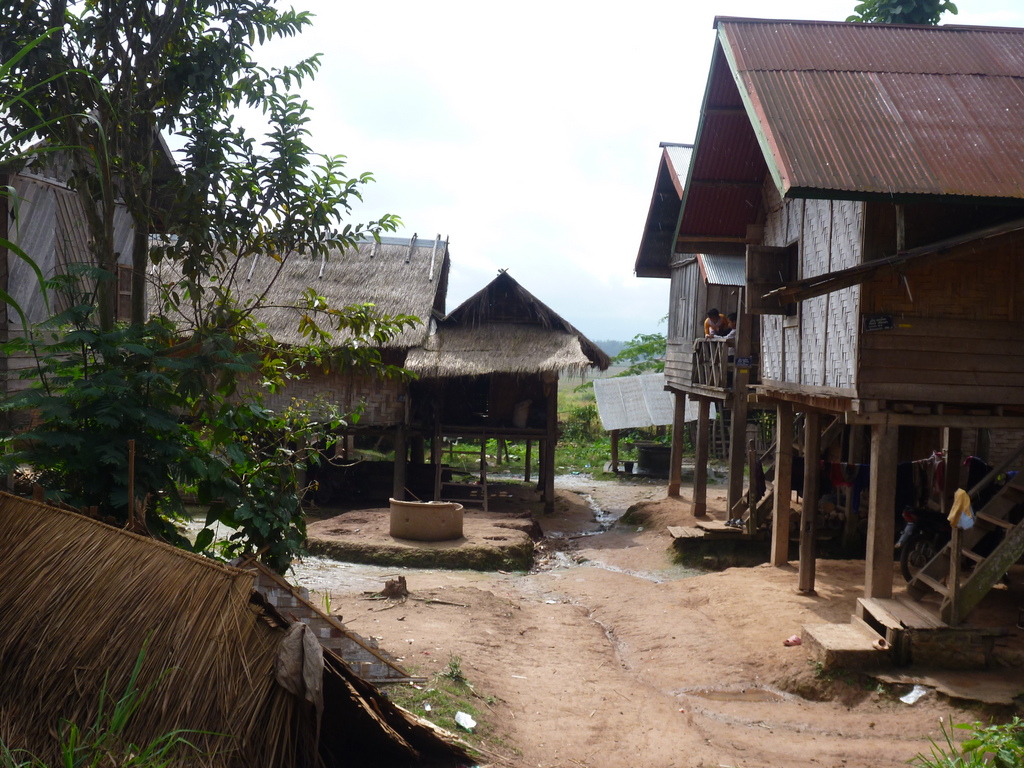
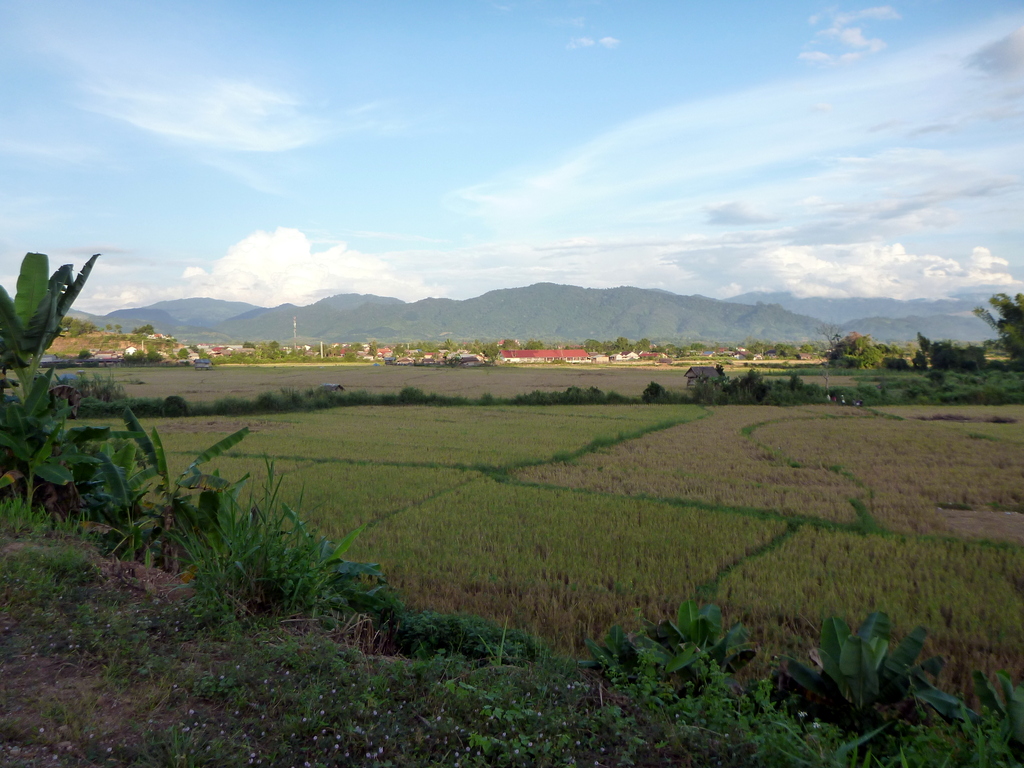

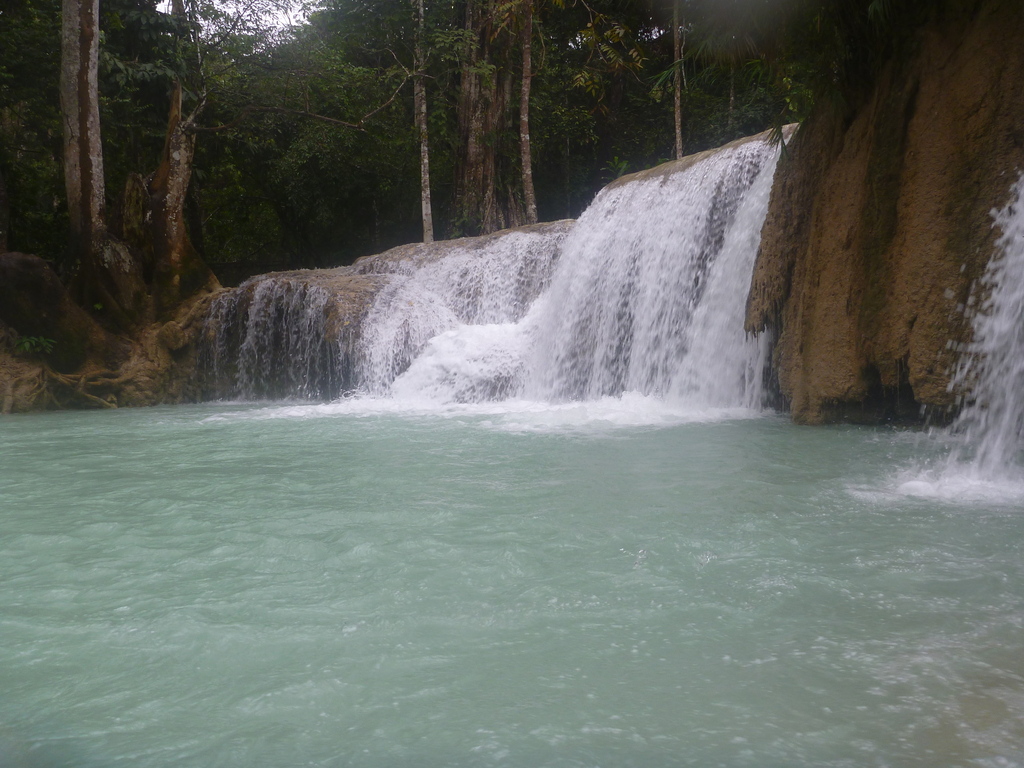
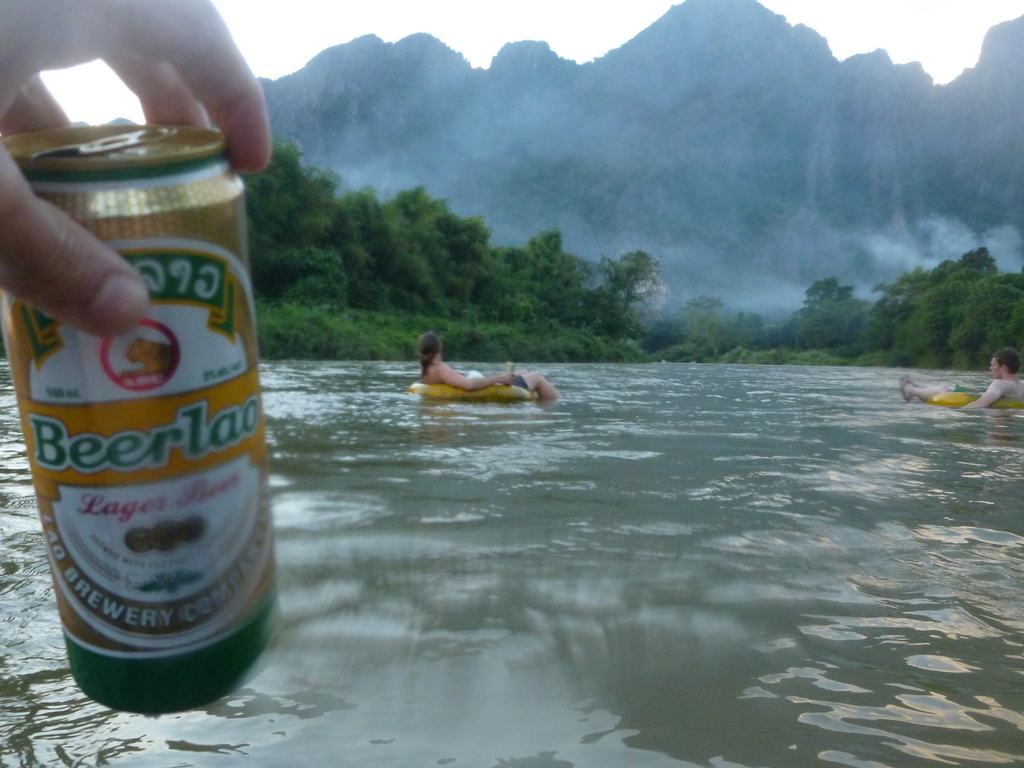


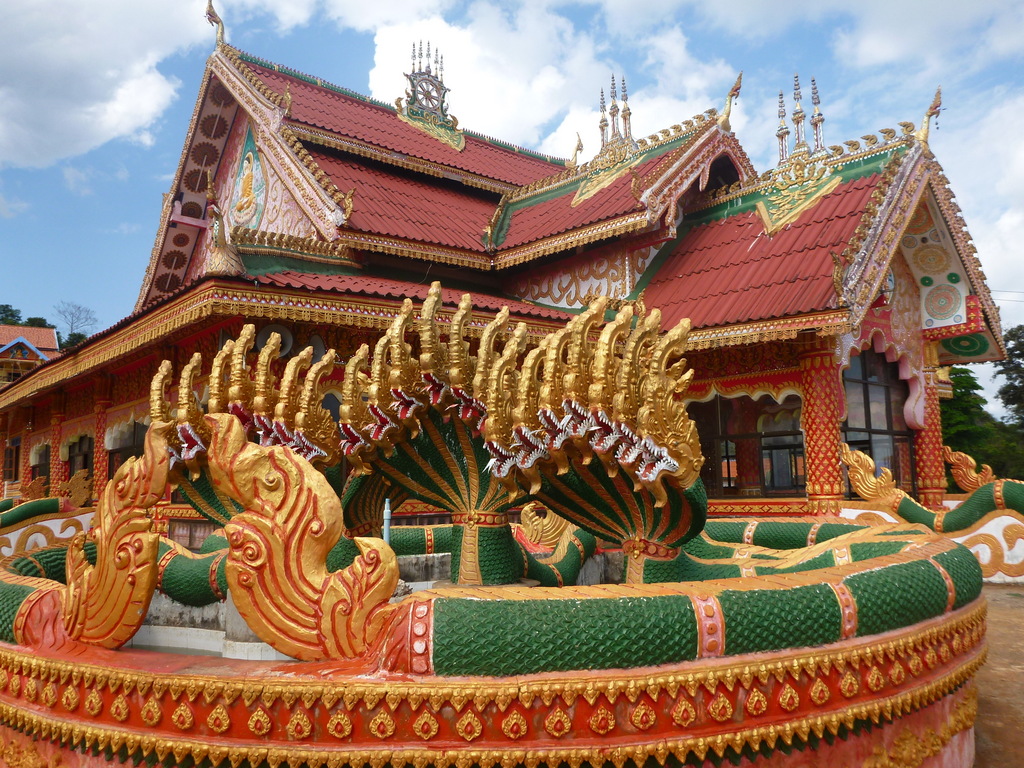

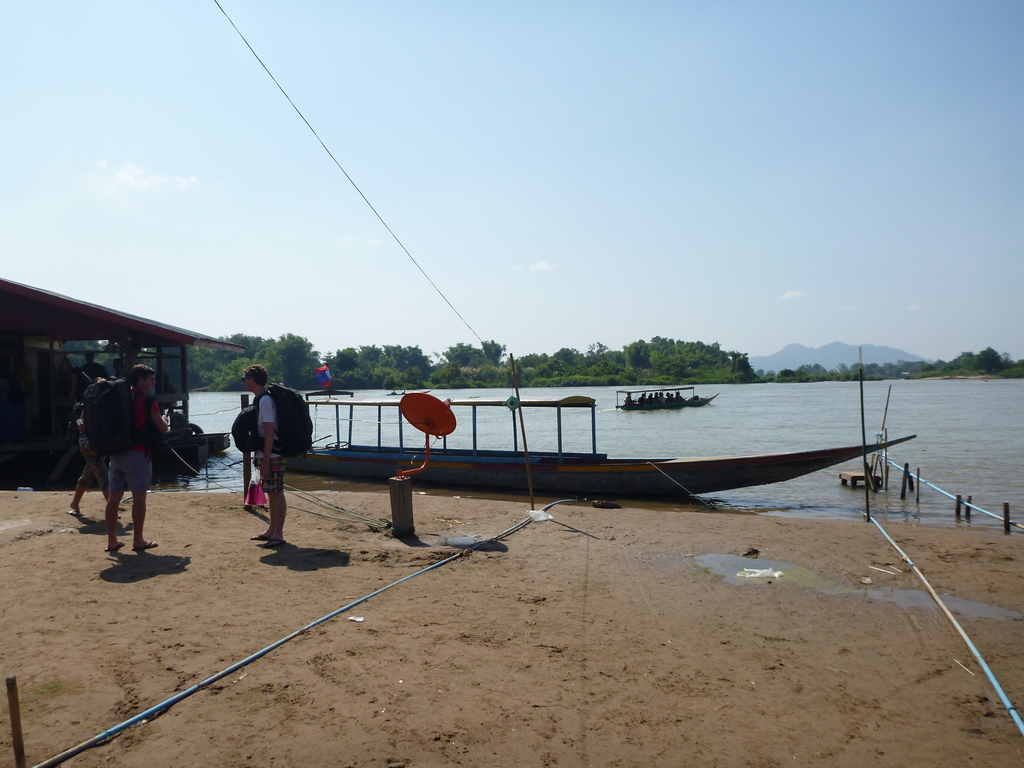


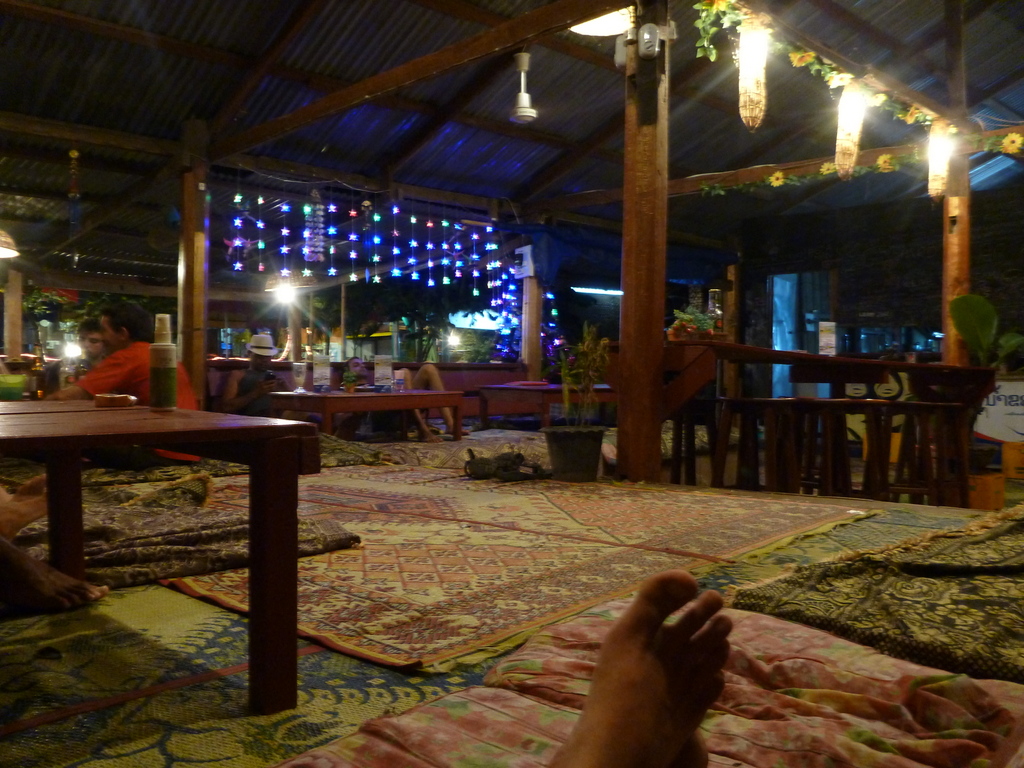
 I'm a travel junkie with an IT background. I backpacked around the world for 14 months creating adventures and learning. On this blog, you'll find stories and money saving travel tips that will help you make your travel dream a reality. Enjoy! Feel free to visit my social networking profiles below or my
I'm a travel junkie with an IT background. I backpacked around the world for 14 months creating adventures and learning. On this blog, you'll find stories and money saving travel tips that will help you make your travel dream a reality. Enjoy! Feel free to visit my social networking profiles below or my 



{ 1 trackback }